Learn more about the Weimar Republic
The free digitorial provides you with background information about the key exhibition aspects
For desktop, tablet and mobile
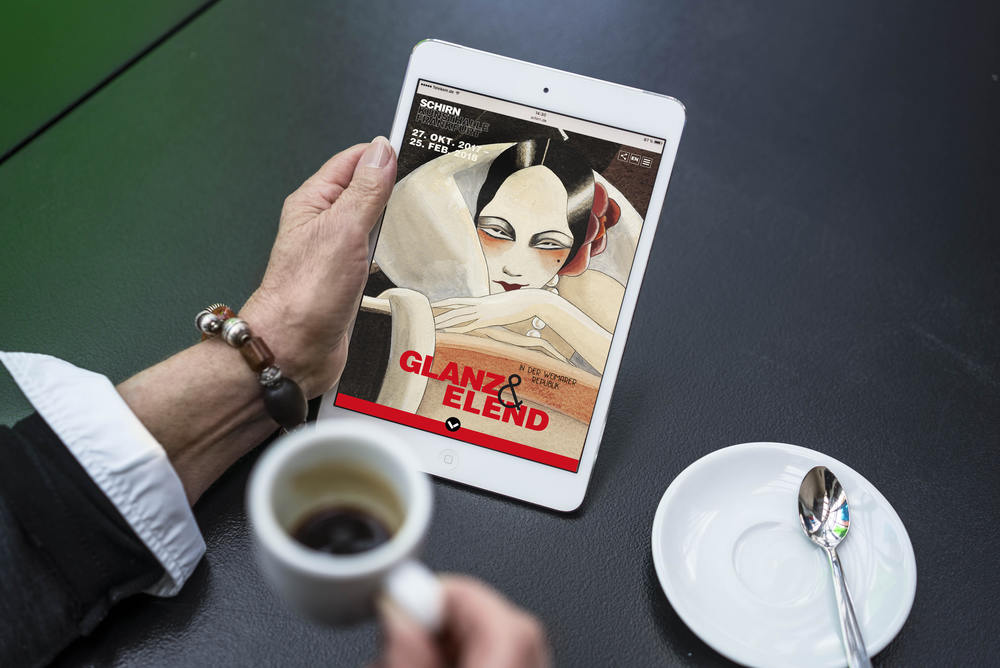
The SCHIRN is devoting a major thematic exhibition to German art from 1918 to 1933.
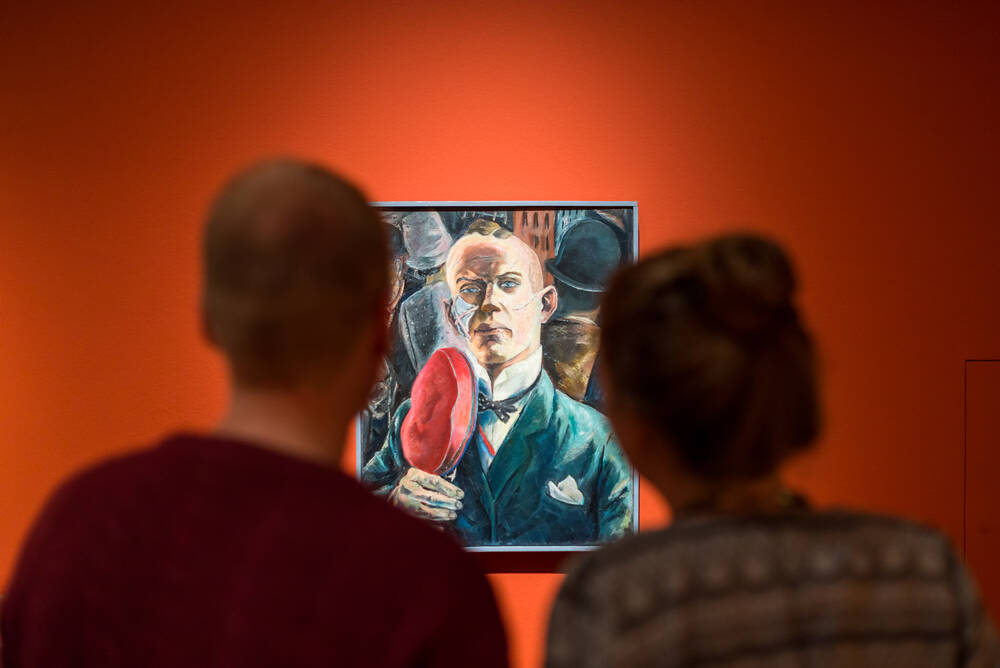
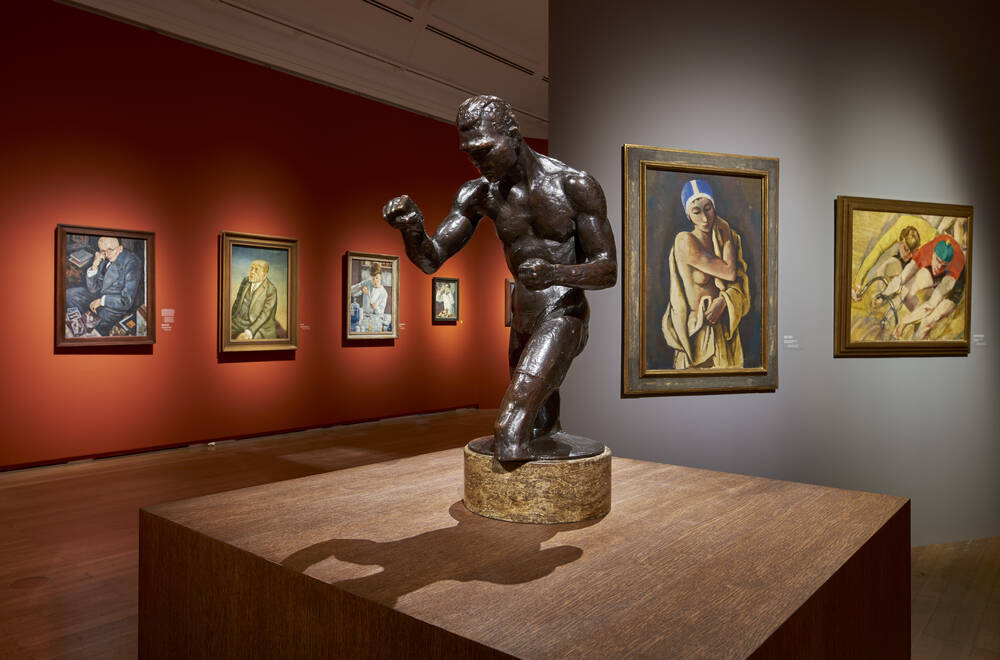
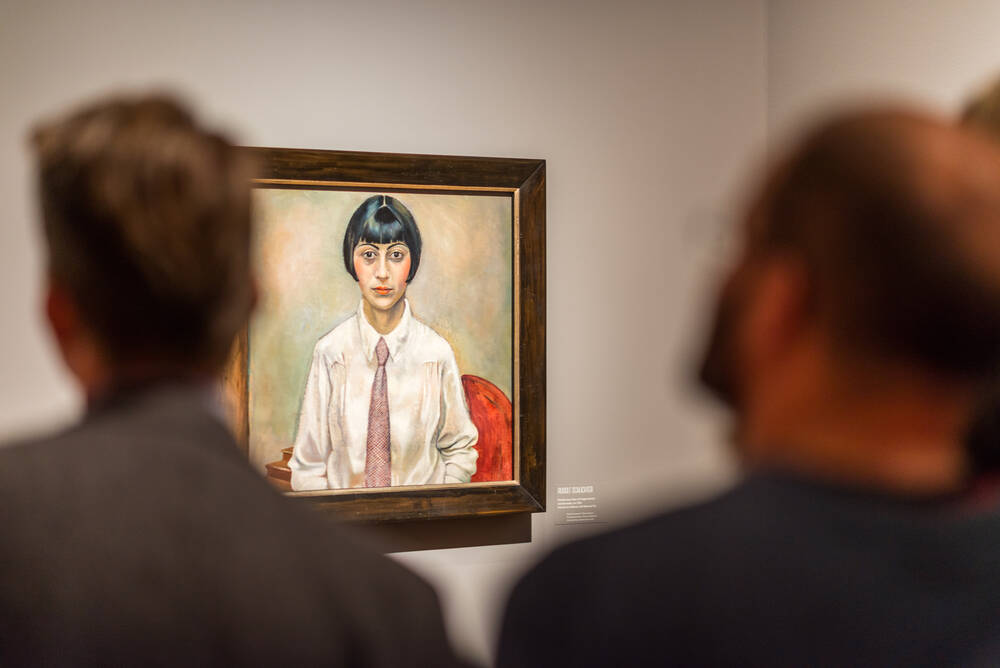
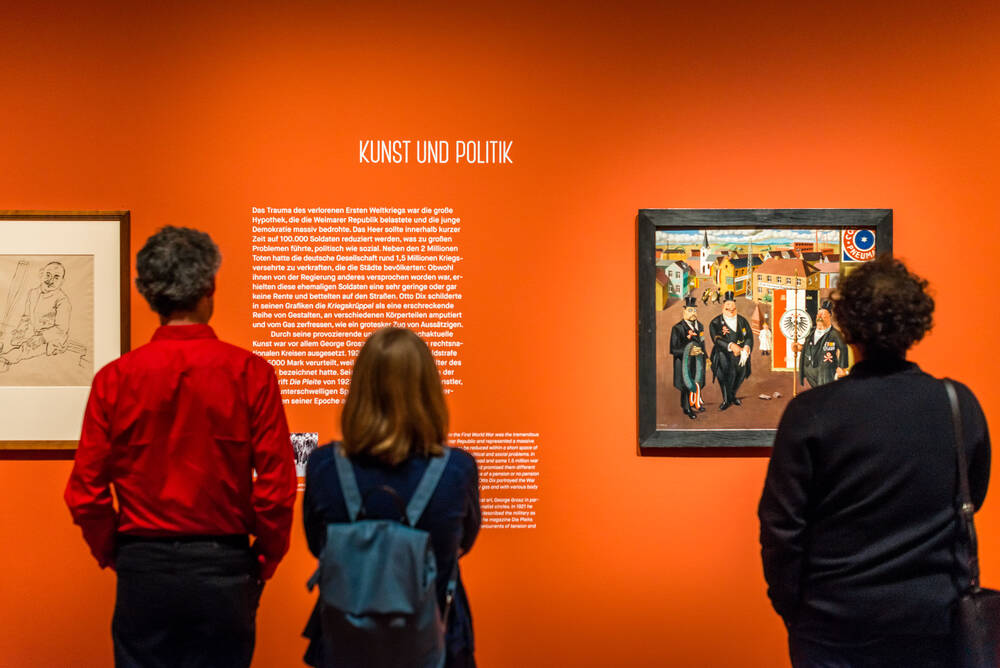
The leading art movement between 1918 and 1933 was New Objectivity, characterized by a precise, realistic mode of painting and socially critical content.
SPLENDOR AND MISERY IN THE WEIMAR REPUBLIC FROM OTTO DIX TO JEANNE MAMMEN
27 October 2017 UNTIL 25 FEBRUARY 2018
Social tensions, political struggles, social upheavals, as well as artistic revolutions and innovations characterize the Weimar Republic. In a major thematic exhibition the SCHIRN is presenting German art from 1918 to 1933. Direct, ironic, angry, accusatory, and often even prophetic works demonstrate the struggle for democracy and paint a picture of a society in the midst of crisis and transition. Many artists were moved by the problems of the age to mirror reality and everyday life in their search for a new realism or “naturalism.” They captured the stories of their contemporaries with an individual signature: the processing of World War I with depictions of maimed soldiers and “war profiteers,” public figures, the big city with its entertainment industry and increasing prostitution, political unrest and economic chasms, as well as the role model of the New Woman, the debates about paragraphs 175 and 218 (regarding punishability of homosexuality and abortion), the social changes resulting from industrialization, and the growing enthusiasm for sports.
The exhibition assembles 200 paintings by famous artists and others who have been largely neglected to date, including Max Beckmann, Kate Diehn-Bitt, Otto Dix, Dodo, Conrad Felixmüller, George Grosz, Carl Grossberg, Hans and Lea Grundig, Karl Hubbuch, Lotte Laserstein, Alice Lex-Nerlinger, Elfriede Lohse-Wächtler, Jeanne Mammen, Oskar Nerlinger, Franz Radziwill, Christian Schad, Rudolf Schlichter, Georg Scholz, and Richard Ziegler. Together with historical films, magazines, posters, and photographs the exhibition provides an impressive panorama of a period that even today, 100 years after its advent, has lost nothing of its relevance and potential for discussion.
EXHIBITION FILM
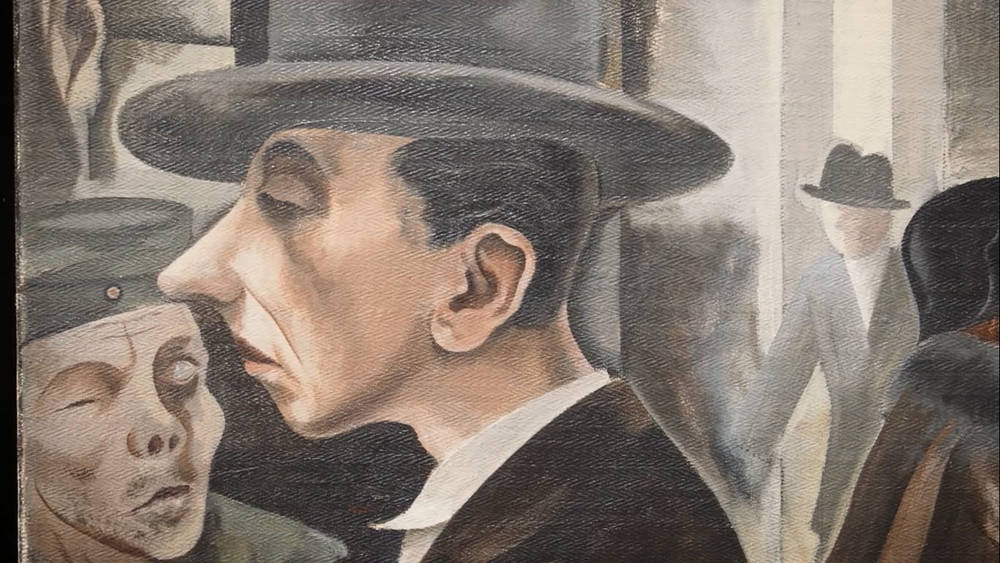
SPLENDOR AND MISERY IN THE WEIMAR REPUBLIC
The unrest and sense of new beginnings of a “golden” epoch
Apart from compressively exploring the history of the inter-War years, the catalog provides exciting and sound insights into a time of political, social and cultural upheavals from the entertainment industry, via the role of the “new woman” through to a renewed enthusiasm and new definition of sport
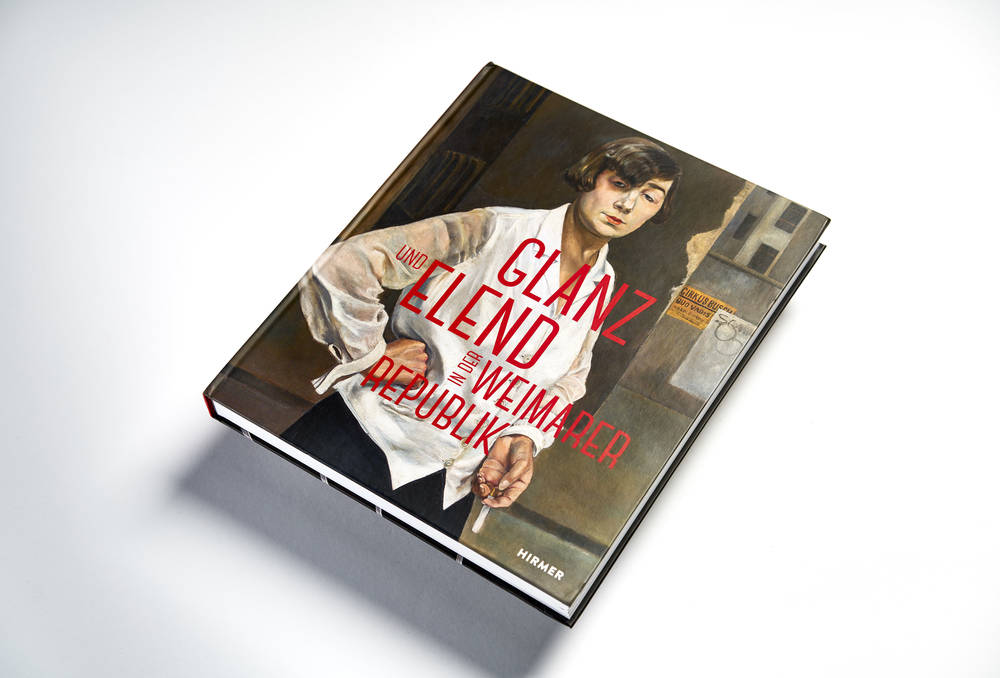

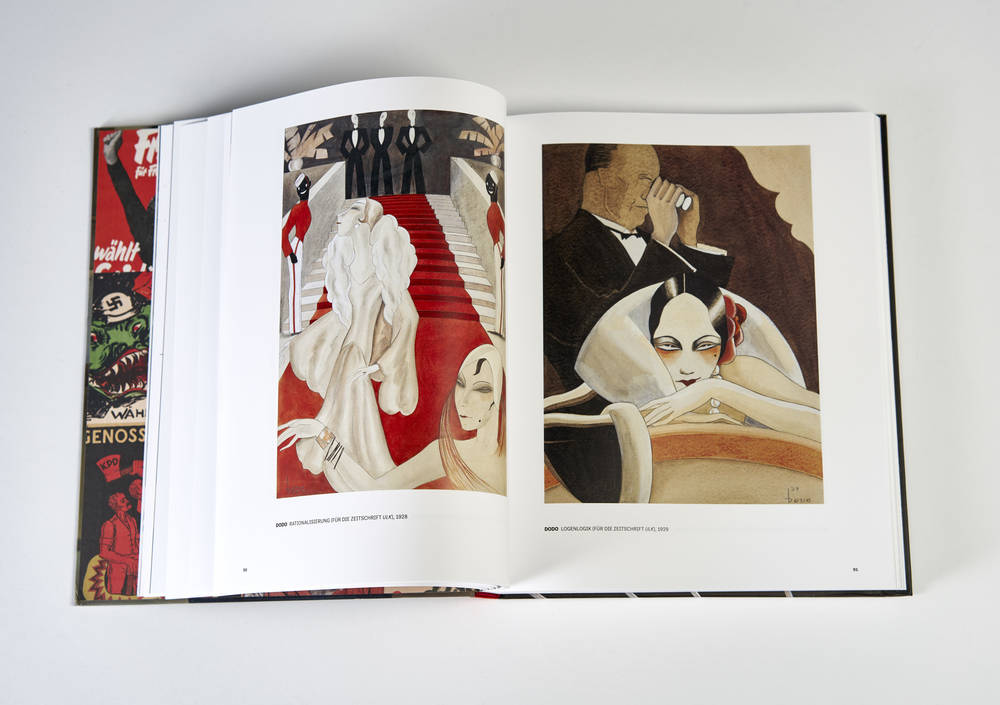
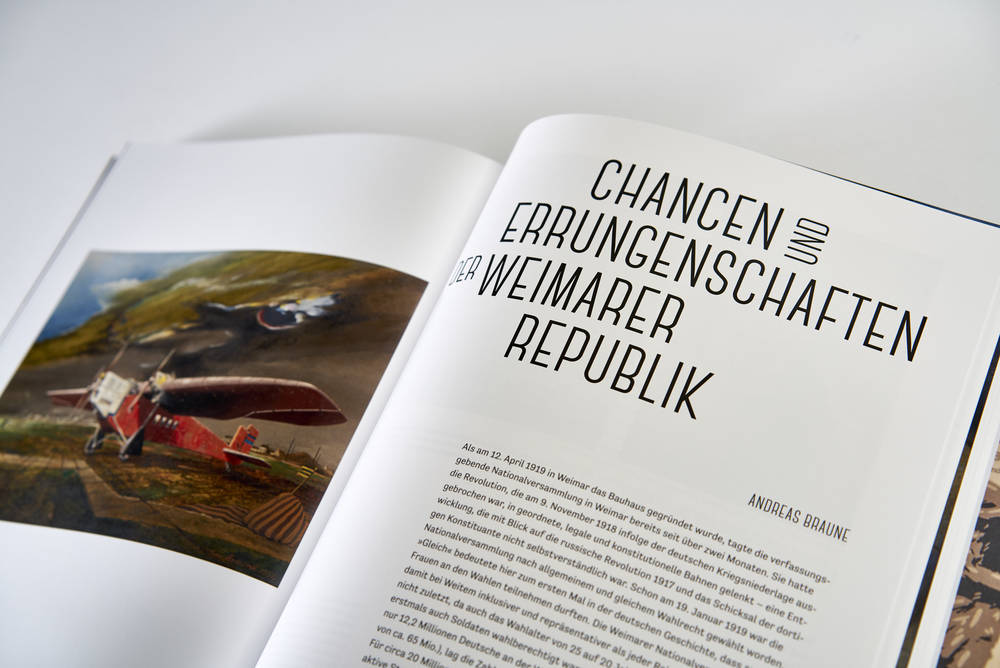
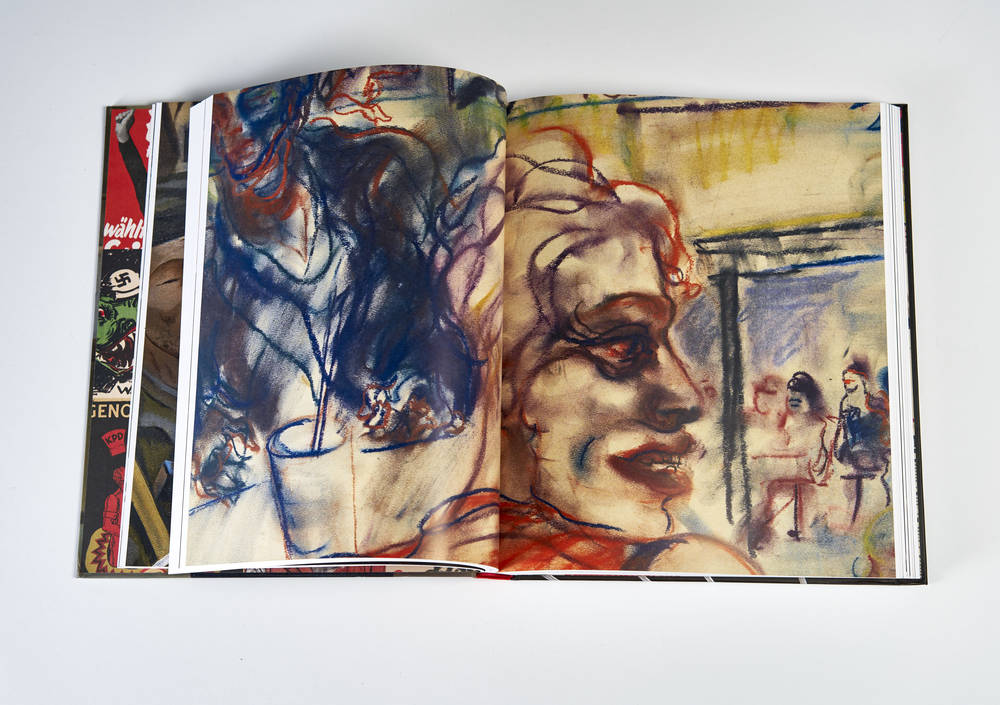
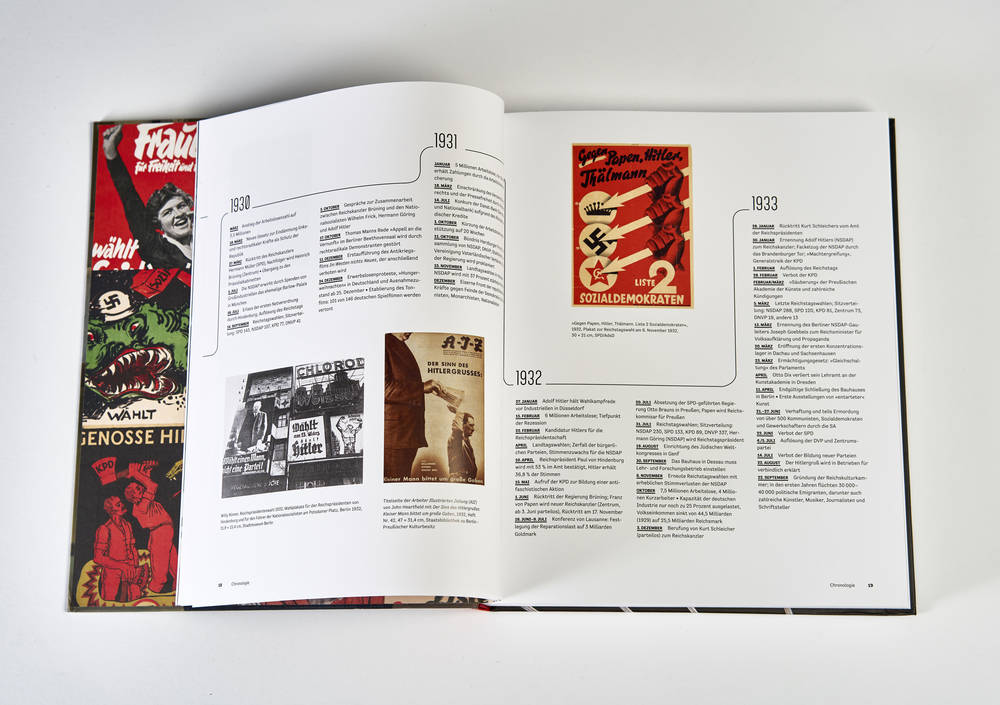
-
MADE POSSIBLE BY
KULTURFONDS FRANKFURT RHEINMAIN
MEDIA PARTNER
VGF
ACHT FRANKFURT